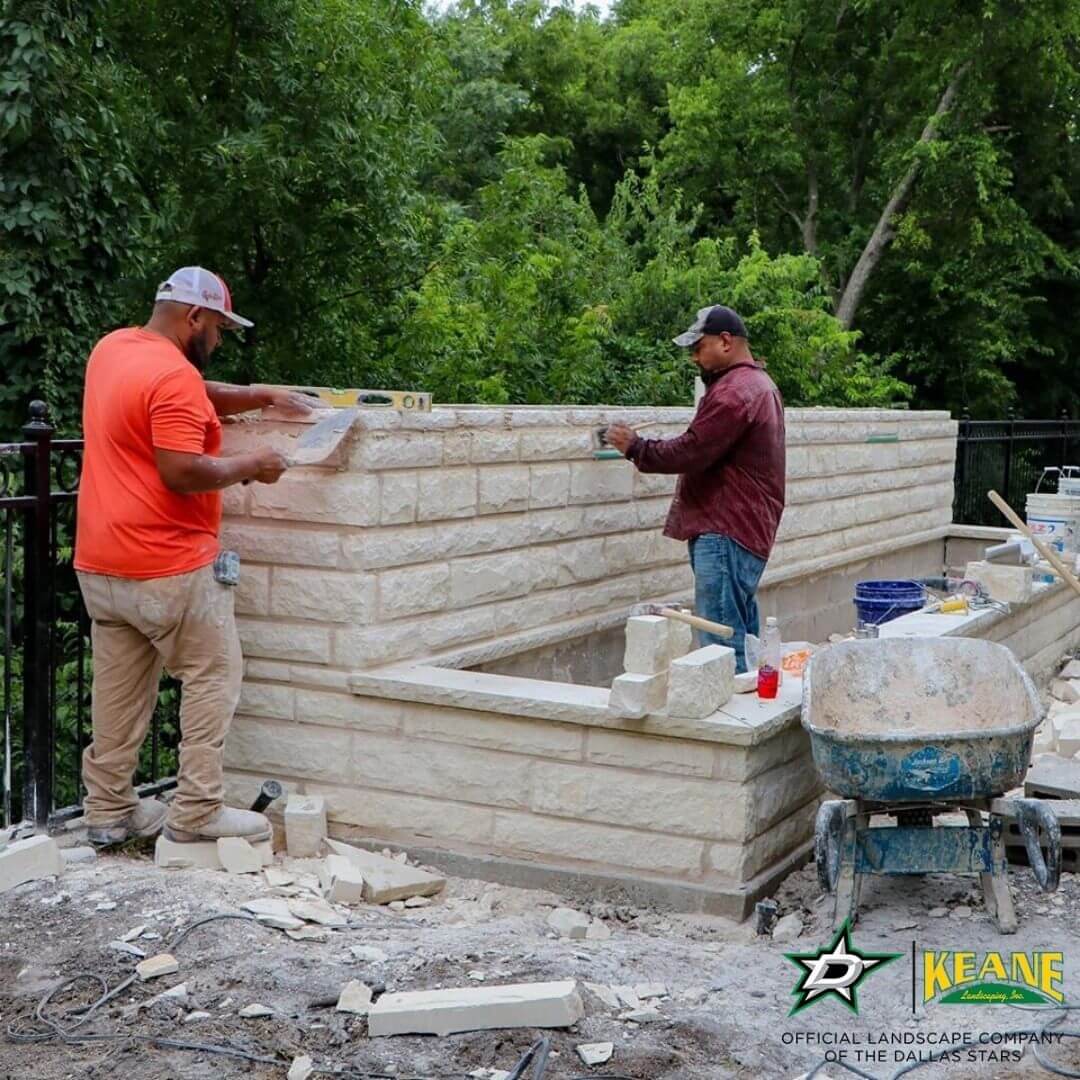Unlocking the Secrets of Sustainable Masonry Construction Practices for Eco-Friendly Buildings
Among the myriad methods to environment-friendly building, lasting stonework building stands out as a tried and true and sturdy technique that holds a wealth of untapped potential. From the selection of products to cutting-edge building and construction methods, the tricks to attaining sustainability within stonework building are diverse and interesting.
Benefits of Sustainable Stonework Building And Construction
Embracing lasting stonework construction techniques not just lowers environmental effect however also supplies long-lasting economic advantages to home builders and communities. By using materials like recycled bricks, obstructs, and stones, builders can significantly decrease the carbon impact of their jobs while promoting resource efficiency. Furthermore, lasting masonry construction strategies, such as correct insulation and thermal mass residential or commercial properties, can enhance power performance within buildings, causing lowered operational costs with time.
Additionally, the toughness and resilience of stonework frameworks add to lasting financial benefits. Buildings constructed utilizing lasting stonework methods often require much less upkeep and repair work, equating to cost savings for contractors and homeowner. The long life of masonry products likewise guarantees that frameworks continue to be steady and safe and secure, decreasing the requirement for regular restorations or substitutes.
Eco-Friendly Stonework Materials
Using green stonework products is a crucial action in the direction of enhancing the sustainability of building techniques and minimizing environmental impact while making best use of long-term financial benefits. Sustainable stonework materials are sourced, generated, and utilized in a way that minimizes overall ecological effect. Materials such as recycled bricks, redeemed rock, and sustainable concrete blocks are coming to be significantly prominent selections for eco-conscious contractors. Recycled blocks, for instance, not only draw away waste from garbage dumps but additionally need much less energy to generate compared to brand-new blocks. Recovered rock offers a special aesthetic allure while minimizing the requirement for brand-new quarrying. Lasting concrete blocks incorporate recycled accumulations and may feature enhanced insulation properties, adding to energy efficiency in structures.
In addition, all-natural products like adobe, rammed planet, and straw bundles offer outstanding thermal mass buildings, reducing the need for home heating and cooling power. These materials are usually locally readily available, advertising regional economic climates and lowering transportation-related carbon discharges. By selecting eco-friendly stonework products, building and construction jobs can dramatically minimize their environmental impact and add to the development of healthier, a lot more lasting built environments.
Energy-Efficient Stonework Techniques
Power efficiency plays a vital role in enhancing the sustainability of masonry construction methods. By implementing energy-efficient stonework techniques, builders can significantly minimize the general energy consumption of a building, bring about reduced operational prices and a smaller sized environmental footprint. One vital energy-efficient masonry strategy is using thermal mass, which involves incorporating thick materials like concrete or brick into the structure's framework to soak up and store heat. This assists control interior temperature levels, minimizing the demand for mechanical home heating and cooling systems.

Developments in Lasting Stonework
Recent improvements in lasting masonry methods have actually brought around innovative strategies that are improving the building industry. One such development is the advancement of self-healing concrete, which uses germs installed within the concrete to recover cracks autonomously. This innovation not just decreases maintenance costs however helpful resources likewise boosts the sturdiness of stonework frameworks, adding to their sustainability.
One more significant development is the usage of recycled accumulations in masonry construction - masonry contractor. By including materials such as crushed ceramic waste or recycled glass into concrete blends, building contractors can reduce the ecological effect of construction jobs while maintaining architectural integrity. This technique not just diverts waste from landfills but also preserves all-natural sources, making it a crucial innovation in sustainable stonework building and construction
In addition, the assimilation of digital style tools, such as Structure Info Modeling (BIM), is changing the means masonry structures are planned and created. BIM permits for more exact computations, decreased material wastefulness, and boosted energy efficiency, eventually resulting in more sustainable structure techniques. These innovations collectively signify an encouraging future for lasting stonework building and construction in the period of green buildings.
Future Trends in Masonry Sustainability
With the cutting-edge strides made in lasting masonry methods, the future patterns in masonry sustainability are poised to additional revolutionize the construction sector. Among the vital trends shaping the future of stonework sustainability is the raised integration of modern technology. Developments such as Building Info Modeling (BIM) and virtual reality simulations are being utilized to maximize masonry building and construction procedures, causing lowered product waste and enhanced energy effectiveness in structures.
Additionally, the advancement of unique sustainable products is established to play a substantial duty in improving the eco-friendliness of masonry building and construction. masonry contractor. Innovations like self-healing concrete, recycled accumulations, and bio-based binders are acquiring grip for their capability to decrease ecological impact while preserving from this source architectural stability

Conclusion
In final thought, lasting masonry building and construction techniques offer countless benefits for environmentally friendly structures. masonry contractor. Advancements in sustainable masonry are continually being established to even more enhance the environmental performance of structures.